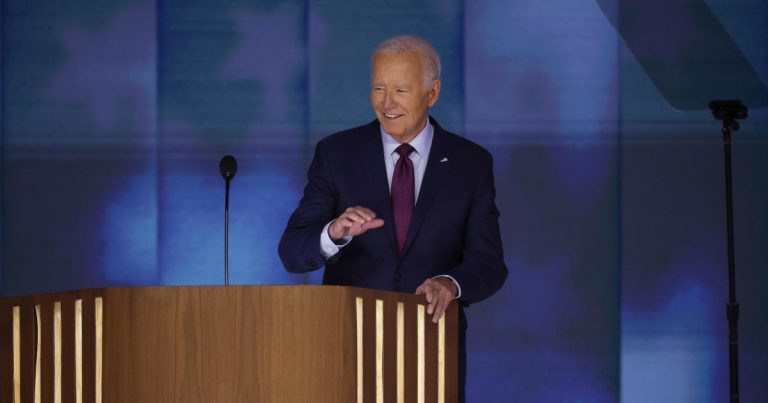State supreme court races involve debate about abortion access.
State supreme court races are heating up across the country, with abortion emerging as a pivotal issue that could sway the ideological balance of key courts. As Democrats and Republicans duke it out for control of these influential seats, advocacy organizations are pouring millions of dollars into these contests.
Planned Parenthood Votes and the National Democratic Redistricting Committee are committing significant resources to state supreme court elections, with a particular focus on Michigan, Montana, and Ohio. Meanwhile, the Republican State Leadership Committee and Fair Courts America are also targeting judicial races to advance conservative agendas.
Following the landmark U.S. Supreme Court decision overturning Roe v. Wade, the issue of abortion is front and center in state legislatures and courts. Twenty-three states have already implemented laws restricting access to abortion, prompting legal battles over the scope and limits of these regulations.
State supreme courts are now at the forefront of interpreting and applying these new laws, making the outcome of judicial elections crucial for advocates on both sides of the abortion debate. For voters, these races represent an opportunity to shape the future of reproductive rights and access to healthcare in their states.
In Ohio, a recent constitutional amendment established the right to abortion, leading to ongoing litigation and appeals that could ultimately change the legal landscape. With control of the Ohio Supreme Court hanging in the balance, the outcome of judicial contests could have far-reaching implications for reproductive rights in the state.
While judicial races have historically focused on issues like redistricting, the spotlight has now shifted to abortion rights in the wake of Roe’s reversal. State supreme courts have become battlegrounds where the fate of reproductive freedom is decided, underscoring the importance of these elections for advocates on both sides of the debate.
With record-breaking spending and heightened partisan tensions, state supreme court races are more consequential than ever. The future of reproductive rights and access to abortion care hinges on the outcome of these elections, making it imperative for voters to stay informed and engaged in the judicial selection process.
As the battle for control of state supreme courts intensifies, the role of these influential institutions in shaping abortion policy cannot be overstated. With millions of dollars at stake and the ideological balance of key courts on the line, these races are poised to shape the future of reproductive rights in America.








